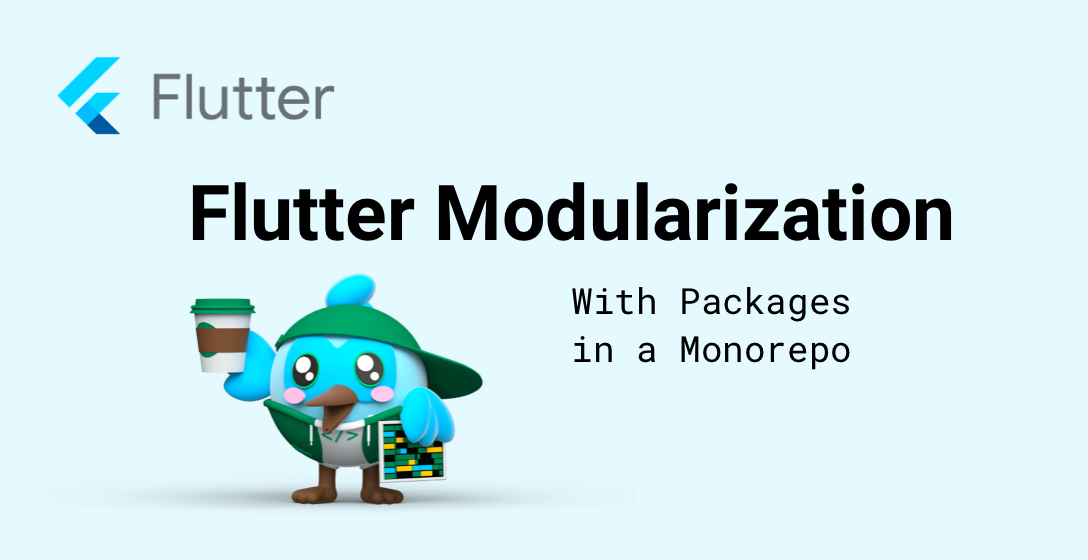
Modularization of Flutter Apps with Packages for Growing Teams
The modularized Flutter app can easily improve the code quality with standalone flutter packages. Let me show you how it works.
Modularizing the app with packages is a good way to make the code more maintainable and get the code ready for a growing team.
What are Flutter Packages?
When you create a Flutter app, the app has no dependencies. However, if you integrate a plugin or package from pub.dev, then you are using a flutter package created by other developers.
Each Flutter package can also have other dependencies, but can also work without any other dependencies. A package is independent and does not know in which app it is integrated, i.e. it has no access to everything that happens outside the package.
But not every flutter package has to exist on pub.dev. It is also possible to let a flutter package exist only locally on your machine or in a github repository.
In our example we only work with local packages which is also called a monorepo.
Local sub-packages
When you create a new Flutter app, you will get a project structure like this:
.
├── android # Android App
├── integration_test
├── ios # iOS App
├── lib # Flutter App Code
│ └── main.dart
├── test
└── pubspec.yaml
The entire app code is stored in the lib folder. Now, as you develop your app and the team grows, the lib folder gets bigger and bigger.
At some point, you need to consider how your growing team can work together to avoid constantly getting into the next merge conflict.
A good way is to divide the project into different sub-modules. A new Flutter package is created which works independently and the original app can access it.
With a monorepo there is no big overhead and your team can still work with a single git project. This is also how Google structure its products, there is a monorepo for all google products. It's called the one-version rule and means that all dependencies always use the latest version.
Proejct Structure of local sub-packages sub-plugins
If you want to create a new flutter package in the same repo as your app, then create the folder packages which will contain all sub-packages. All new packages and plugins would then be created in this folder.
This is how it looks like:
.
├── android # Android App
├── integration_test
├── ios # iOS App
├── lib # Flutter App Code
│ └── main.dart
├── packages # All Sub-Packages
│ └── linkfive_ui
│ ├── android
│ ├── example
│ │ └── main.dart
│ ├── ios
│ ├── lib
│ │ └── linkfive_ui.dart
│ ├── test
│ └── pubspec.yaml
│ └── linkfive_analytics
│ ├── lib
│ │ └── linkfive_analytics.dart
│ ├── test
│ └── pubspec.yaml
├── test
└── pubspec.yaml
The packages folder would contain, for example, a UI components library or the analytics-tracking code for Flutter.
It is not necessary to create an android or iOS folder in the sub-packages. However, it is recommended because the package can be tested independently without starting your main project. In addition, a flutter native bridge can also be created in a sub-package.
Include the package in your main app
The sub-packages are included by simply specifying the package as a dependency in our main pubspec.yaml file.
name: app
version: 1.0.0+1
environment:
sdk: ">=2.18.2 <3.0.0"
flutter: ">=3.3.6"
dependencies:
flutter:
sdk: flutter
linkfive_ui:
path: packages/linkfive_ui
The package will now be included into your app whenever you run pub get.
In another post, I'll go over good project abstraction options.